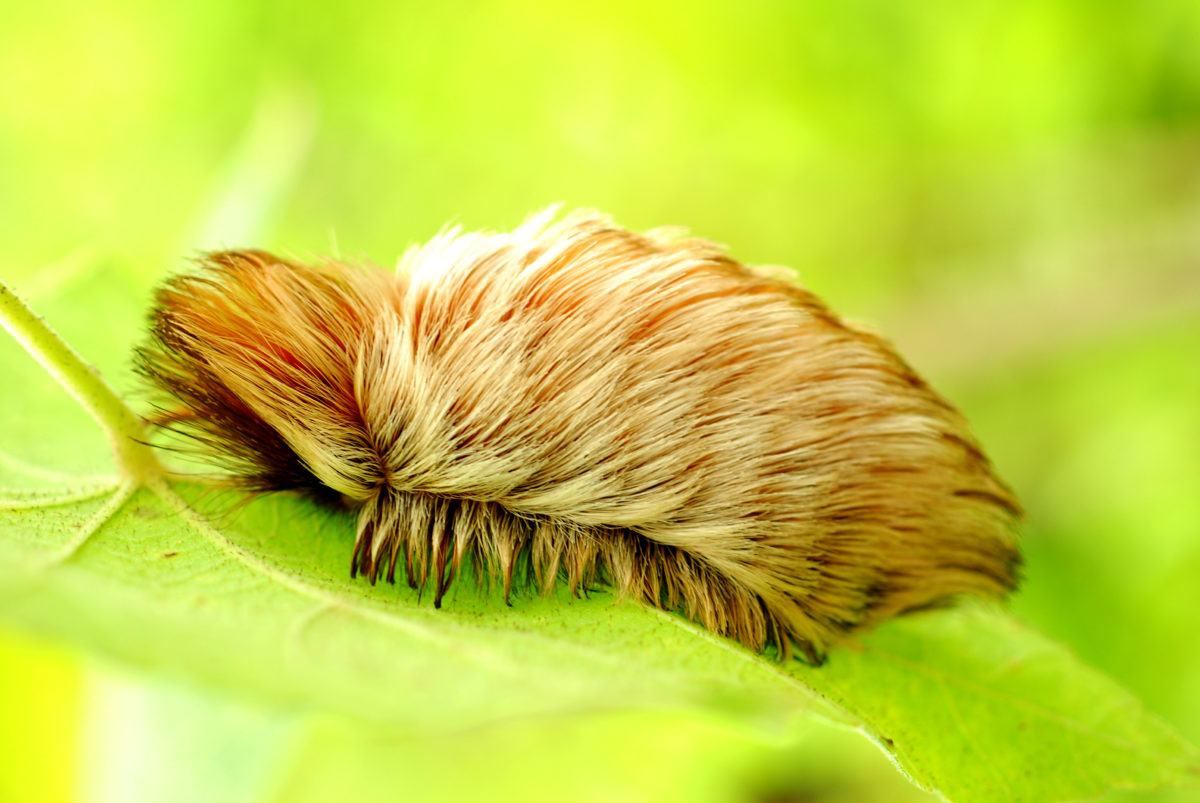From New Jersey to Florida to Texas, caterpillars are no stranger to the woods. However, while many caterpillars are harmless, some of the cutest-looking ones are the most dangerous.
As NPR reports, the puss caterpillar can look soft and cuddly from afar, but there are serious consequences to touching a puss caterpillar. In fact, they are considered one of the most venomous caterpillars in the United States.
What You and Your Kids Should Know About These Fluffly Caterpillars

They are most often found eating leaves on trees but can accidentally fall off onto you or the ground below. As Eric Day, a manager of Virginia Tech’s Insect ID Lab explained to NPR, he accidentally brushed up against a tree while mowing the lawn.
As a result, the puss caterpillar also on that same tree stung Day, leaving him with a burning sensation and a blister. “The burning sensation went away in a day or so, but that blister and then subsequent kind of irritated area was visible for several weeks,” Day continued.
Reactions to being stung by a puss caterpillar can vary Molly Keck, an entomologist from the Texas A&M AgriLife Extension Service, explained. “Some may just have localized discomfort that lasts for just a short period of time. Others could have something as severe as anaphylaxis or needing to seek medical attention,” Keck told NPR.
It’s those who usually have extreme reactions to insect bites who should be worried about a more severe reaction. Puss caterpillars are most often found during the fall and spring seasons.
And if you do get stung, the National Capital Poison Center suggests using a piece of tape to remove the hairs of the caterpillar from your skin and then gently washing the area that was affected with soap and water.
If you begin to experience itching, it’s okay to use hydrocortisone cream or create a paste with baking soda and water. Those experiencing signs of anaphylactic shock, although rare, should seek medical assistance immediately.